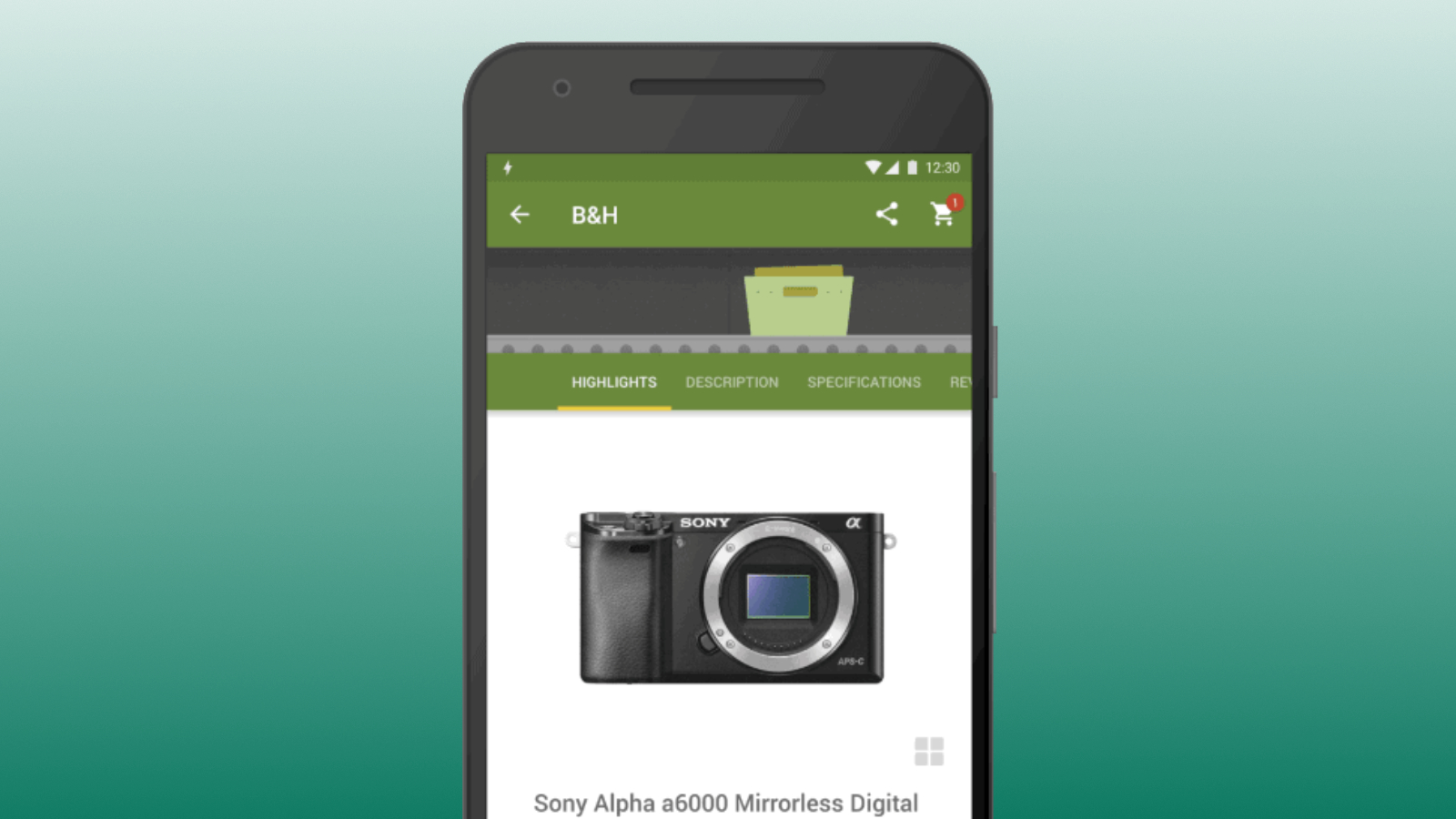Google's Instant Apps is the feature you wish you had on your iPhone

Instant Apps, one of the headlining announcements from Google IO 2016, is likely to be making a wide release to Android phones nearly a year after its announcement — just in time for Google IO 2017.
To jog the ol’ memory, the Instant Apps feature allows you to use apps without installing them, which will no doubt keep more storage available on your phone for other stuff like games and apps.
The other big draw is that instead of sending users to, for example, a retailer’s mobile website, (which can sometimes yield not-so great results in usability) the feature instead pulls in the interface found in within the full-fat app found in the Google Play Store to be used here as well, assuming that it’s fitted with support for the feature. To the user, it looks as if they are using the regular app.
Hints of the instant feature
While Instant Apps are available on select devices (the option is available on the Google Pixel) by opting in within the Google setting, XDA Developers have discovered some language in the new Google Play Store APK indicating that the Instant Apps feature will likely go wide shortly.
According to their findings, users will soon be able to opt-in to Instant Apps with their associated Google Play Store e-mail address.
As far as which services will be Instant App-compatible, the list will likely blossom soon as it seems like Google is making it fairly simple to get their app coded to support the feature.
The implications of this feature are pretty huge, especially for those who have a limited pool of data to use each month. As someone who doesn’t download a lot of apps, I look forward to seeing how this will improve my browsing and purchasing experience.
I’ve never found it particularly simple to make purchases on a phone, so I usually set a reminder to buy an item later on when I’m at a desktop, but this could change things for me and many, many others.
Sign up for breaking news, reviews, opinion, top tech deals, and more.

Cameron is a writer at The Verge, focused on reviews, deals coverage, and news. He wrote for magazines and websites such as The Verge, TechRadar, Practical Photoshop, Polygon, Eater and Al Bawaba.